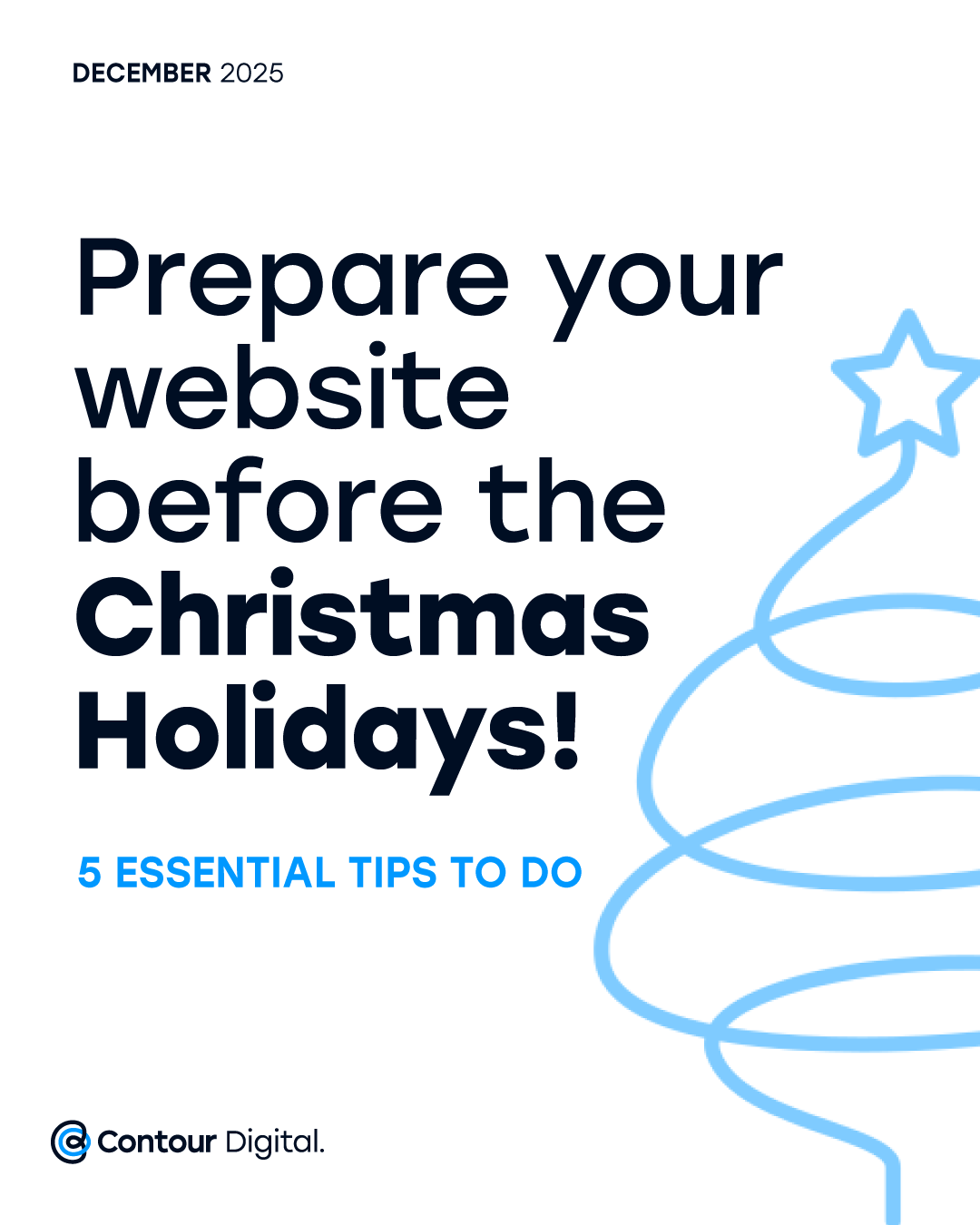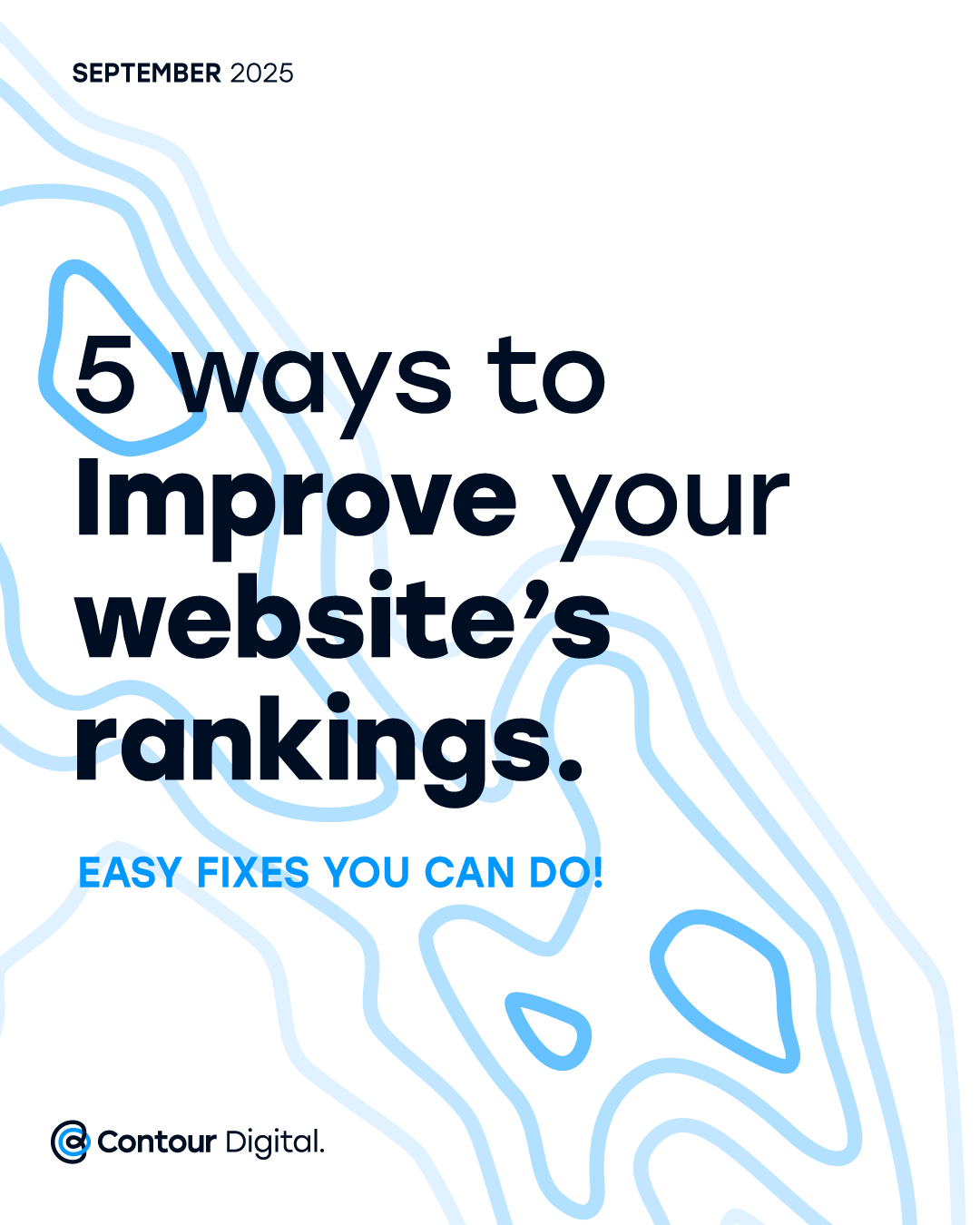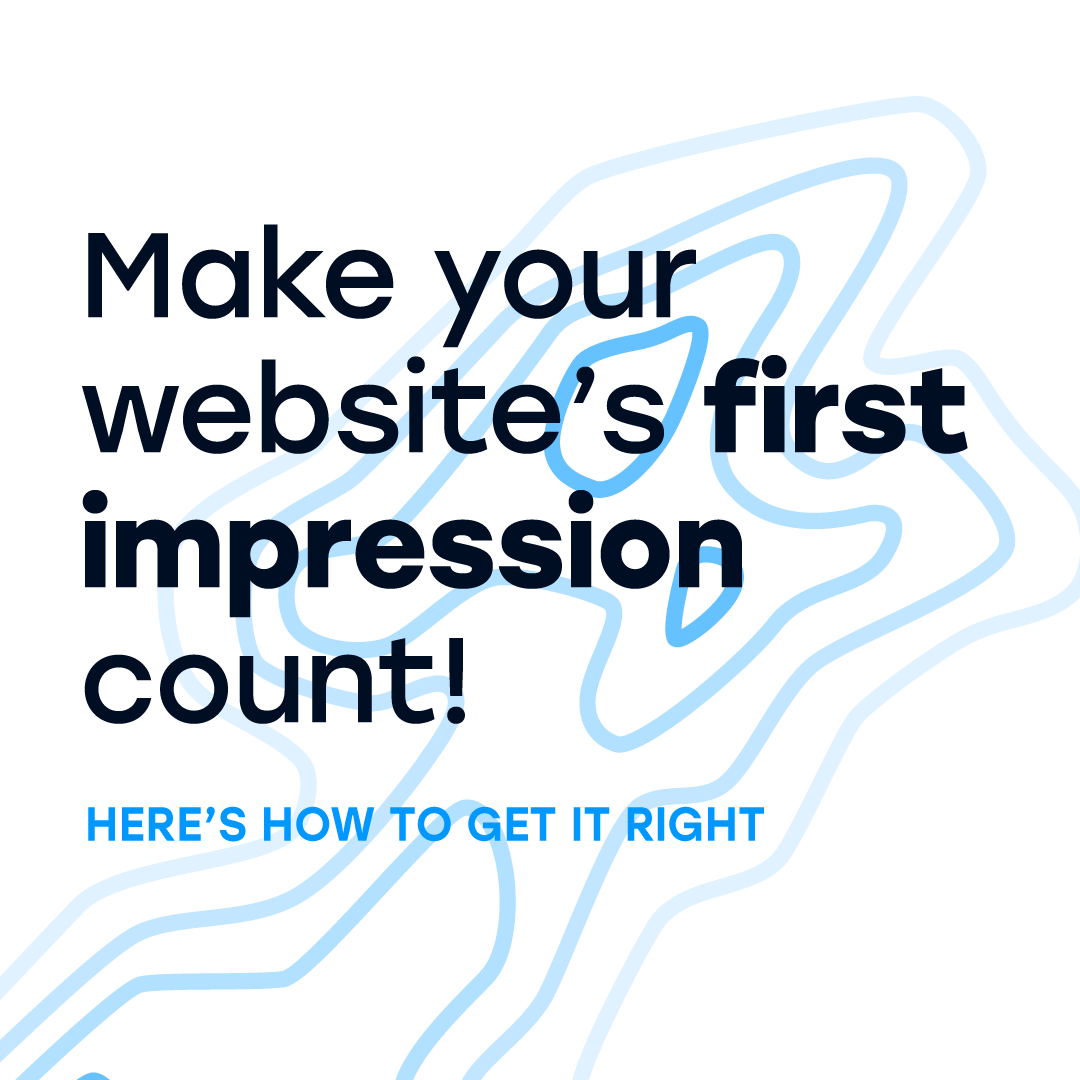Facebook Shares Business Messaging Best Practices Based on Recent System Changes
Nick Whiting • March 1, 2020
After rolling out a series of updates to its Messenger for Business processes over the last few months, Facebook has this week published a new set of tips to help marketers looking to make best use of messaging to keep in touch with customers.
And with a growing number of people now using messaging platforms, it makes sense that more brands are also looking to provide connection options through the same. The risk, however, with messaging for business is that messaging is a more private surface, and can be interruptive. Overuse of messaging can have significant consequences for brands, and for Messenger itself - which is why Facebook has implemented tighter controls on how often brands can communicate via message, and keep in touch after that initial interaction.
Based on these updated regulations, Facebook's dev team has provided these Messenger for business tips.
1. Respond quickly and set customer expectations on response times
I mean, this largely goes without saying, but with messaging, timeliness is key. Facebook says that there is a "strong correlation between responsiveness and successful business outcomes", and given the more intimate, immediate nature of the medium it makes sense that customers are looking for quick responses.
There are also limits on how long a business has to reply to a message. Basically, if you're going to make messaging a focus, timeliness needs to also be within your planning.
2. Make it short and sweet
Facebook advises that brands should keep their messaging to the point - and ideally, readable within the message preview.
This aligns with how people look to use messaging, and is more likely to facilitate positive response. People generally use messaging with brands for specific queries, and they want specific answers. Keeping things focused and succinct will better provide what most are after.
3. Leverage Messenger features to send high-value messages outside the 24-hour standard messaging window
As noted, one of the key changes Facebook has made to its messaging API is to limit the amount of messages businesses can send outside of the initial contact period. Again, people generally get in touch via message for quick answers, and brands that fail to respond, but then seek to prompt those same users at a later stage, can lead to spam issues and customer dissatisfaction.
It's important for brands to understand their limitations outside the initial contact window, and to utilize such thoughtfully.
Your options outside the standard messaging window are:
- Message tags - Use tags to send personal, timely and important non-promotional messages. Businesses can use tags to send account updates, post-purchase updates, confirmed event updates, and human agent responses.
- One-Time Notification - Allows a page to request a user to send one follow-up message after the 24-hour messaging window has ended. This can be used for cases such as back in stock alerts where a person has explicitly requested the business to send out a notification. Make sure that the message matches the topic the user agreed to receive the notification for and this message is fully communicated on the first attempt.
- Sponsored Messages - Use sponsored messages for broadcast promotional updates to customers you’ve interacted within Messenger. Sponsored messages support Facebook ads targeting and have built-in integrity controls to help us safeguard the user experience in Messenger.
4. Focus on customer value
A key tenet for businesses using Messenger for business: "Ensure that your messages clearly communicate customer value - especially notifications sent outside the standard messaging window."
Again, messaging is a more personal surface, where people generally interact with close friends and family - and as such, have push alerts and notifications switched on in most cases. Considering this, you need to ensure that your messaging is not intrusive or spammy - or they'll simply block you and you'll lose that connection.
5. Provide audiences with options to choose from
Facebook's final key point is to provide users with options on what types of messages you're going to send them, giving them more capacity to both understand and manage their notifications.
"For example, you may allow the user to select specific types of account alerts or post-purchase updates provided they comply with the Messenger platform policies."
In this way, they'll not only be expecting you to get in touch, but they'll know exactly what you're communicating, adding an extra level of context. This can reduce the potential spam factor, and ensure that your audiences feel more at ease with your messaging interactions.
These are some solid tips, and with messaging set to become a more significant platform for marketing, it makes sense for brands to be considering their options in this respect.
And really, 'respect' is the key term here. If people allow you to reach them in their private messaging channel, you need to ensure that you appreciate and respect that access. Random push notifications or vague messaging will only hurt your business - but the right communications can serve to strengthen bonds with your audience.
Share this:

The Christmas season is fast approaching, and your website plays a crucial role in keeping customers informed! A few simple updates can reduce enquiries, avoid confusion, and build trust during your busiest time of year. Here are the essential updates every business should make before the holiday rush begins.









